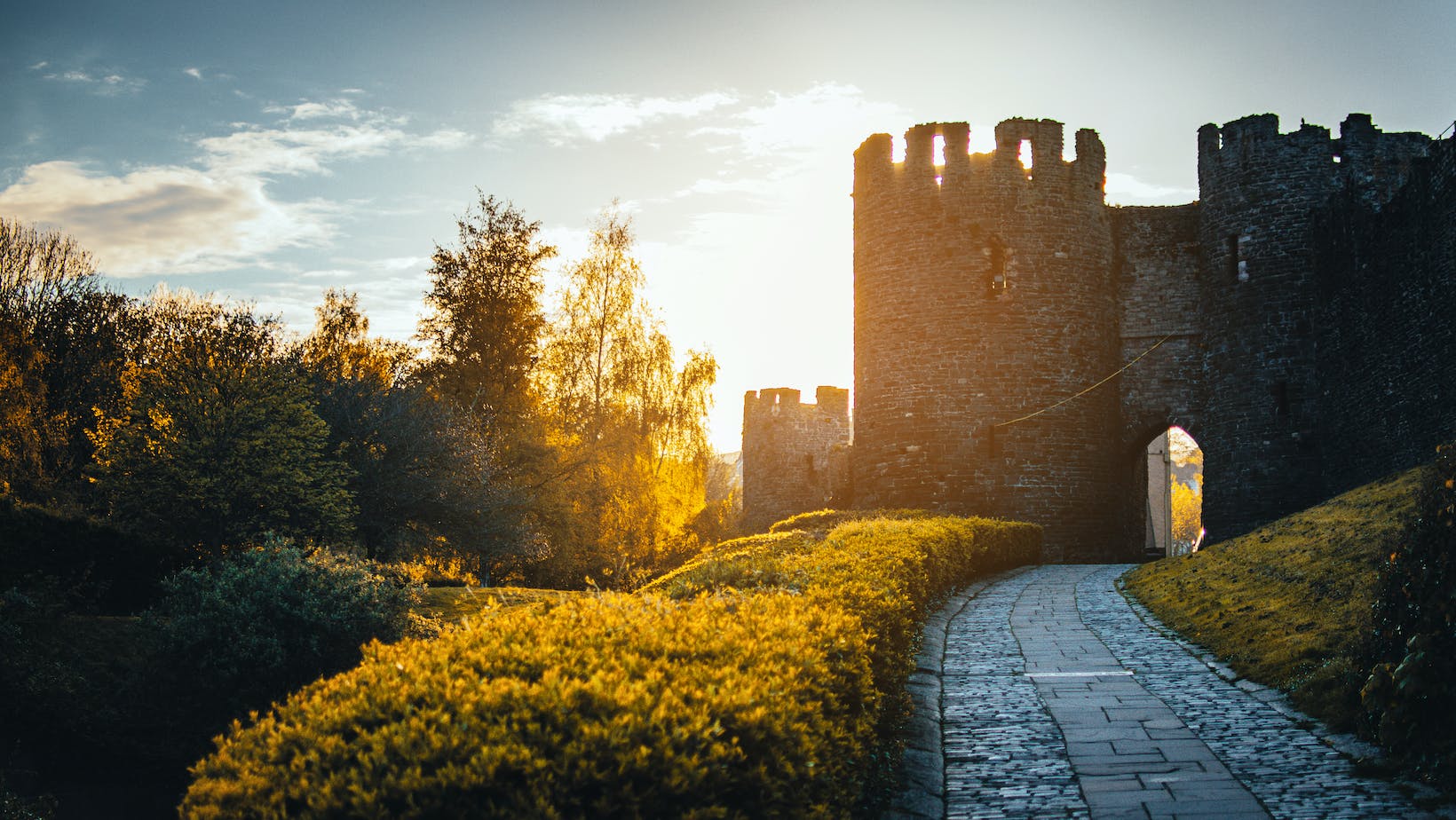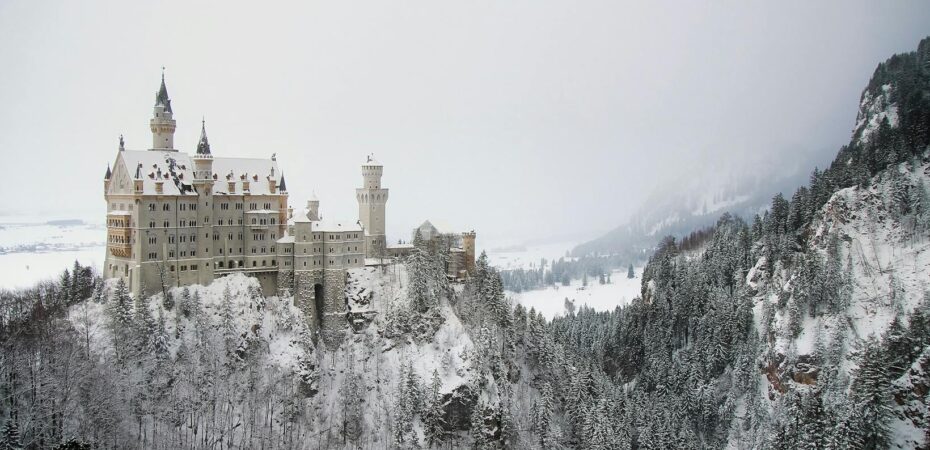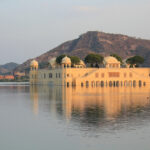Castles were very popular in Europe between the 11th and the 15th century. During that time if you wanted more land, you just went ahead and took it. Naturally, wars between landowners were frequent. For this reason, a fortified estate was a good investment. Before building a castle, the king’s permission was required. A castle was a lord’s residence and refuge in times of war, housing his family, servants and soldiers.
The land on which the castles were built was given by the king to noblemen in exchange for their loyalty. The nobles gave land to knights, to secure their help in battle. Knights gave land to peasants, who in return paid rent and taxes. Back then the society was less complex, divided in 3 distinct classes: there were the lords – who ruled and fought -, the peasants – who did the working, and the clergy – who were busy praying. The fourth class, the tradesmen, emerged when people grew richer.
Choosing the right spot for a castle was no easy task. They needed to be erected in strategic locations, securing access to supplies and communications, while remaining impenetrable for the enemy.
The first castles were made of wood, protected by wooden fences. As quick to erect as they were, taking just a week or so, they were as quick to come down, so the stone castle soon became the norm.
Stone castles had their drawbacks as well. The ones shaped as a massive square tower were vulnerable at corners. Attackers dug undearneath them, causing them to collapse. The tower castle morphed into a round keep, having no vulnerable corners and offering a wider range of fire for its defenders.
Sometime in the 13th century architects started building concentric castles, having several rings of walls and water defences wherever it was possible.

Towards the end of the 14th century castles were built with less defence in mind, and more comfort. A great example is Bodiam Castle, built in 1385 in Sussex.
The architectural style of a castle depended on the region. Spanish castles are inspired by both the Muslims and the Christians, having been built by them both. The decorative brickwork on La Mota castle is in the Moorish style.
A simpler alternative to a massive castle was the miniature of a square castle. Some of them didn’t even have steps at the entrance, just a ladder/rope towards the first floor – see the Scottish castle of Craigievar.
The style in continental Europe featured castles with roofed towers capping each other, as can be noticed in the Swiss Castle of Chillon.
Sometimes conquering a castle meant less fighting and more ingenuity. Chateau Gaillard was lost because an enemy soldier crawled up the garderobe (toilet chute), opening the window for the others.
Here’s how a toilet looked on the inside, and outside.
All pictures courtesy of Wikipedia.
More in this series:
- World’s Most Famous Medieval Castles — Europe (II)
- World’s Most Famous Medieval Castles — Europe (III)


 By
By 









